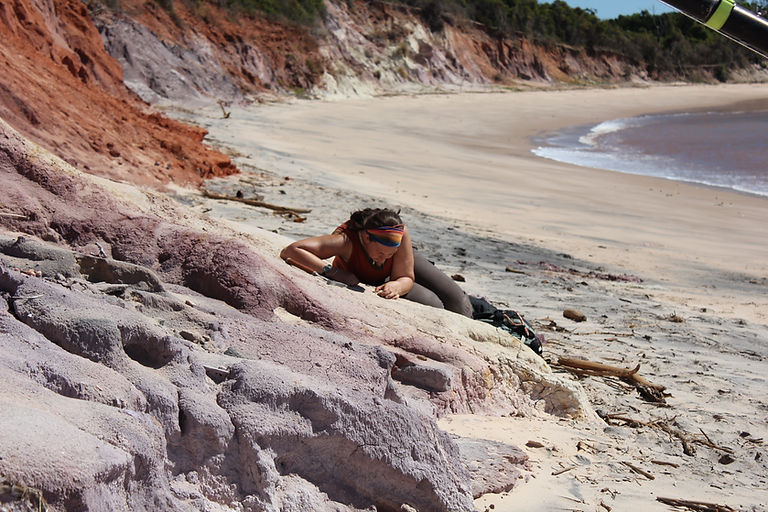
Research
Paleontology

Our lab works to elucidate the origin and evolution of Madagascar's living plants and animals. How, when, and from where they arrived on the island has remained largely unknown due to a 65 million year gap in the fossil record that occurs precisely within the time period during which the modern vertebrate groups are hypothesized to have colonized the island. Our research has sought to fill in this “gap” in a number of different ways.
Biogeography

My lab has spearheaded innovative ways to investigate biogeographic questions examining the spatial and temporal arrival patterns of Madagascar's living vertebrates within the context of major prevailing geologic and oceanographic conditions. This work has provided insights into the distribution of the modern endemic animal forms, and how islands accumulate animal species over time (through a balance of colonizations, speciations, and extinctions).
Lemurs and Dental Development

We also conduct projects examining ecology, dental development, life history, anatomy and growth in primates. We have used new tools (including isotopic analysis, electron microscopy and ontogenetic studies of dental eruption and root formation), and data from captures of wild lemurs to better understand their growth and health in pristine and disturbed forest fragments.

